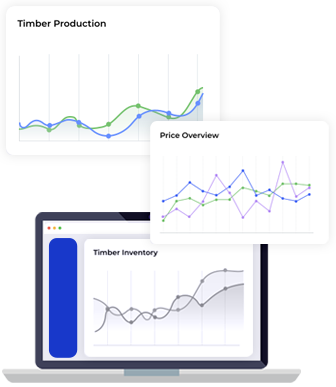
U.S. home sales sink to 6-month low in April as listings surge 17%
Posted on May 20, 2025 |
Existing U.S. home sales fell to 4.2 million in April, the lowest since October 2024, and down 1% year over year.
The total number of homes for sale rose to 1.94 million, up 17% from April 2024 and the highest in five years.
Pending sales dropped 3.5% month over month and 2.7% year over year, the sharpest decline since August 2023.
New listings climbed 9% year over year to 586,000—the highest since July 2022; active listings rose 1% from March.
The median home sale price increased 1% year over year to $438,466, showing the slowest growth in nearly two years.
The average 30-year fixed mortgage rate rose to 6.73% in April, up from 6.65% in March, contributing to record-high monthly payments.
Homes took longer to sell, with the median market time rising to 40 days, up from 35 days a year ago.
Only 30% of homes sold above the asking price—the lowest share for April in five years; the sale-to-list price ratio fell to 99.2%.
Active listings jumped most in Denver (36%), Las Vegas (36%), and Oakland (32%); prices fell most in Oakland (-6%), Jacksonville (-3%), and Austin (-3%), while Newark, Cleveland, and Milwaukee saw double-digit gains.



